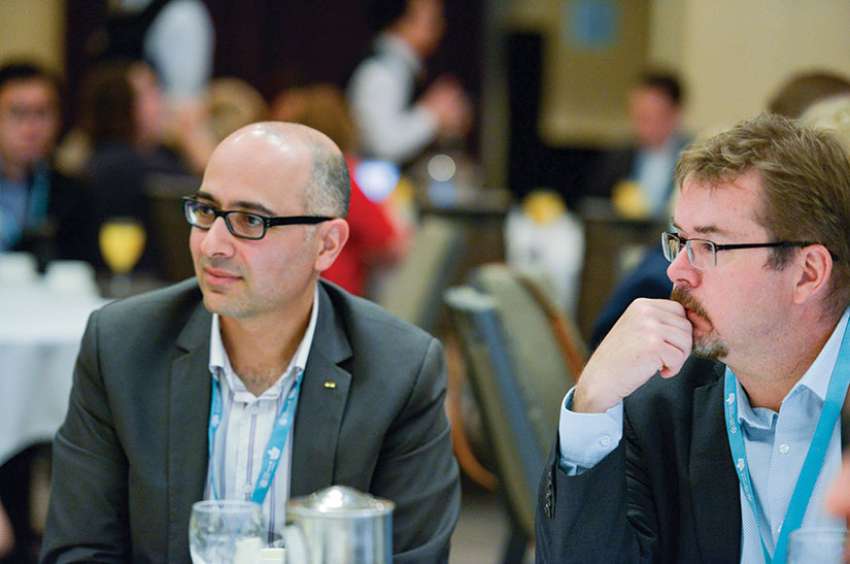Recent years have seen the Catholic Church, which counts almost one in six people in the world as an adherent, struggle with getting its message out in large parts of the world, Western nations in particular. While still undergoing a growth spurt mostly in Africa and Latin America, it is in nations like Canada where the Church has seen its size and influence wane.
It doesn’t need to be that way, Daniel Torchia believes.
“There’s a massive growth opportunity for the Catholic Church to just listen,” said Torchia.
Torchia is managing director and partner at Toronto-based Dialogue and Grace, a division of Torchia Communications. He specializes in helping the Catholic Church and its members improve in the areas of public relations and organizational communications. He believes building bridges between faith-based organizations and the public will benefit both.
“I don’t think that is happening very much in the Catholic Church,” he said.
Torchia is convinced “100 per cent” that practising better communications will translate to more people in the pews. In the past, it was a given that people would fill the church on Sunday, with full houses at multiple Masses. The past two or three decades have seen a steady decline and an Angus Reid study last year showed just 15 per cent of Catholics attend Mass weekly.
That calls for taking advantage of the tools at hand, and in this day and age that means media — social media in particular — and a reallocation of resources.
“The Church could reduce its footprint in terms of parishes but increase investment where a lot of Canadians are coalescing, which is the Internet and media and smartphones,” he said.
That doesn’t mean taking resources away from the Catholic Women’s League, St. Vincent de Paul Society and other organizations within the Church. It’s more a “right-sizing,” he said, getting to the reality of the day.
“That’s how you cast the net wide, how you start bringing people in.”
In communications, the Church has long been a reluctant participant. There has been apprehension in letting go of control of the message. But in a day where every second person seems to have a blog “and everyone is a citizen journalist,” the Church needs to catch up, Torchia said.
“The culture of apprehension is going to be erased in 20 to 40 years because the new human is quite familiar and comfortable with the culture of social media,” he said.
With this “democratization of media,” the modern Church needs to let go of control.
“You’ve got to dialogue and do your best and get on with the show knowing there’s going to be a healthy assortment of opinions, and we’re fine with that and let’s move on.”
Dialogue and Grace has been around for just over a year, and has a number of Church organizations as clients. Torchia counts the Catholic Near East Welfare Association (CNEWA), NET Canada, the Knights of Columbus, the Pontifical Missions Society for French Canada and the University of St. Michael’s College among his clients. He thinks more parts of the Church need to take advantage of public relations.
“We have to educate the Church in what is strategic communications and institutional communications,” he said.
Torchia is optimistic things are headed that way, but maybe not for one or two generations.
He’s pleased with what he has seen in some dioceses, particularly in Toronto under Cardinal Thomas Collins and his director of communications Neil MacCarthy.
“Neil will go down in the history books as an important player in the development of a communications culture in the Canadian Catholic Church,” he said. “The cardinal must be commended as well because they’ve invested in communications, which means they listen more, they take the pulse of the public and then they respond to what people want.”
The Church as whole though has a long way to go.
“There’s more and more people who realize that we need to invest in proactive communications departments that have resources, that have plans, that have rapport … but there is still a need to multiply.”
(Conlon is a writer in Regina.)


